Description
From personal loss to phantom diseases, The Empathy Exams is a bold and brilliant collection, winner of the Graywolf Press Nonfiction Prize A Publishers Weekly Top Ten Essay Collection of Spring 2014 Beginning with her experience as a medical actor who was paid to act out symptoms for medical students to diagnose, Leslie Jamison’s visceral and revealing essays ask essential questions about our basic understanding of others: How should we care about each other? How can we feel another’s pain, especially when pain can be assumed, distorted, or performed? Is empathy a tool by which to test or even grade each other? By confronting pain―real and imagined, her own and others’―Jamison uncovers a personal and cultural urgency to feel. She draws from her own experiences of illness and bodily injury to engage in an exploration that extends far beyond her life, spanning wide-ranging territory―from poverty tourism to phantom diseases, street violence to reality television, illness to incarceration―in its search for a kind of sight shaped by humility and grace.
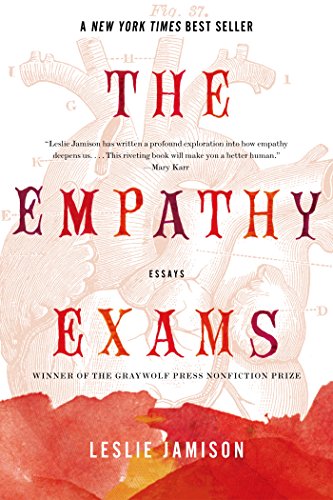
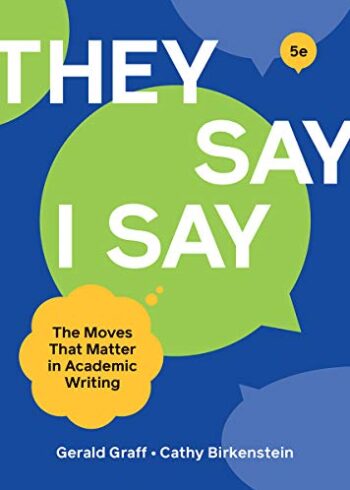
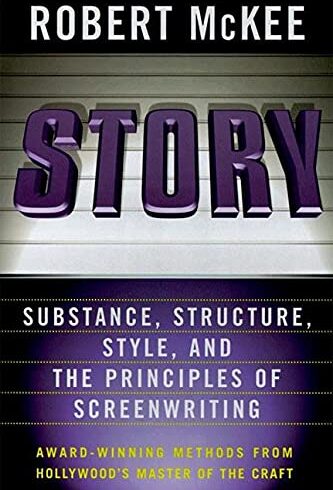

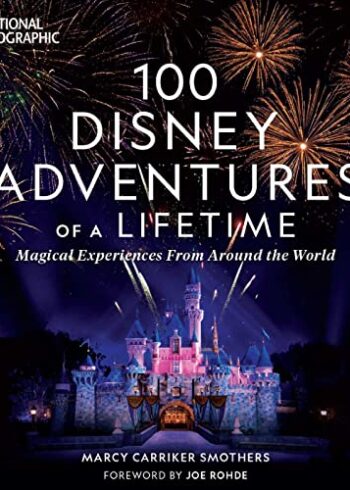
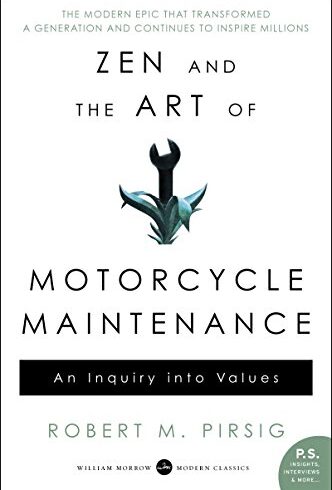
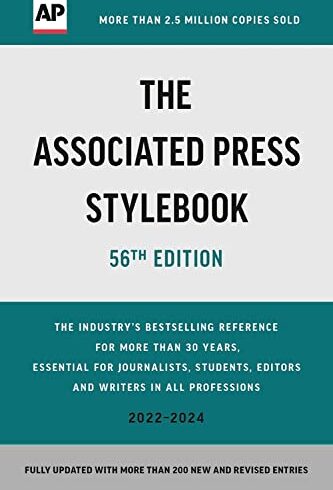
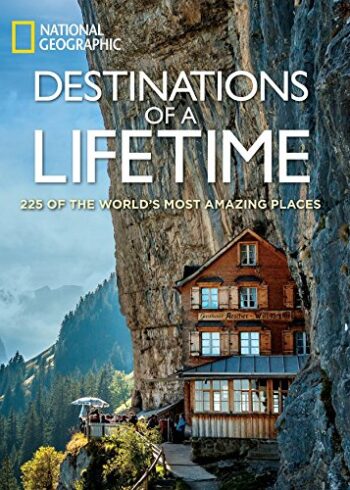
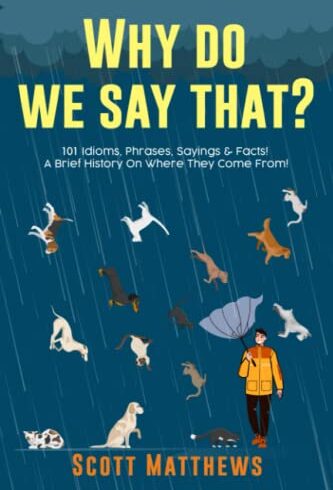

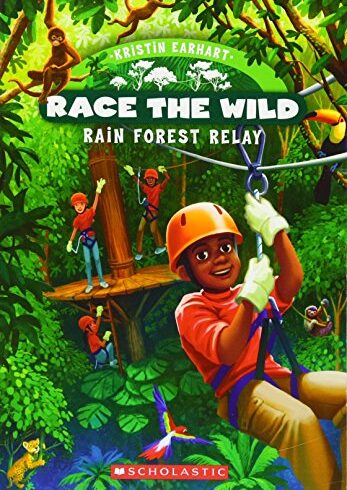
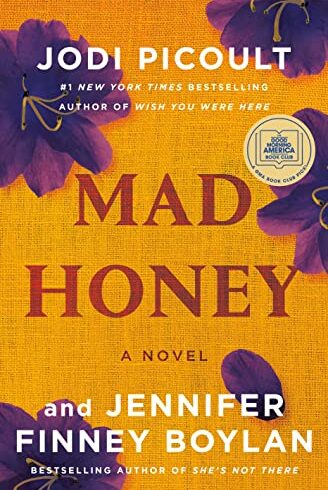
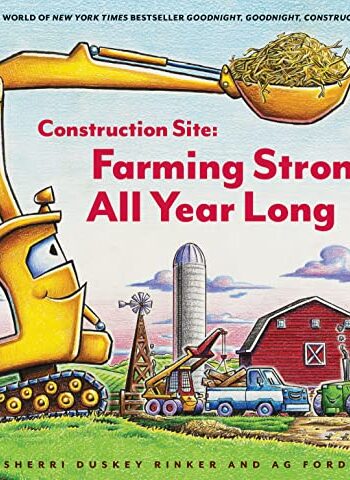
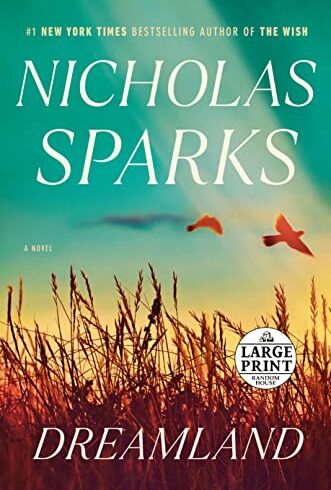
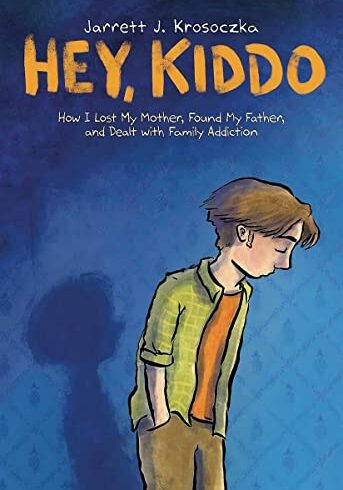
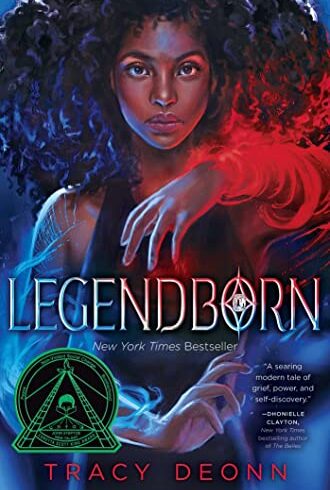
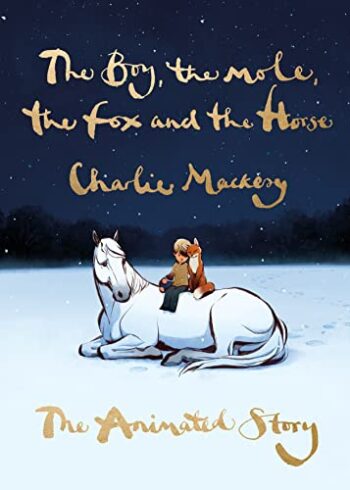
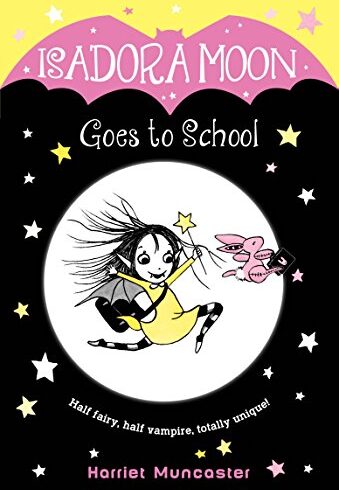

Fyrecurl –
What really is empathy anyway? Can it be taught? Can humans really feel what its like to be in another person’s skin, feel her suffering, and understand her pain? These are some of the questions explored by Leslie Jamison in her book: The Empathy Exams. Jamison uses examples from a cross section of stories from her own personal experiences and in doing so, she shows the reader, in addition to telling, what it is like to have empathy. With trauma comes detachment, with detachment a woman can learn to have empathy even for herself, and the person who she used to be. When Jamison speaks of her abortion, she stays detached, not drawing the reader into emotional discourse, but presents the cold hard facts of what it was like to be young, in love, and facing a life and death struggle alone. Her admission that she felt like she was killing another living thing growing inside of her is raw, and revealing a startling thought process that she had to learn to cope with. Jamison reveals changes in her attitude that would have impressed Louise L. Hay and Elizabeth Kubler-Ross. without saying so, Jamison walks the reader through several anecdotes of her life revealing her capacity to change the way she thinks in order to survive, after a revealing inner dialog simulating, perhaps unintentionally, the seven stages of grief. Jamison’s distorted thinking is examined when she tries to use magical thinking in trying to control how others perceive her, particularly the father of the child she chose to abort. Having been raised to believe and think her worth is based on how well she can make others love her, she evolves throughout her story in different periods of her life, and attempts to show empathy for men and women who run an impossible race, with no hope of doing more than setting personal goals. the suffering endured brings the reader to understand the correlation between a woman’s internal struggle, and individual’s personal struggles to tie together the experience of what its like to be human and have empathy for each other. Well done, Jamison, well done. I highly recommend this read.
Fyrecurl –
What really is empathy anyway? Can it be taught? Can humans really feel what its like to be in another person’s skin, feel her suffering, and understand her pain? These are some of the questions explored by Leslie Jamison in her book: The Empathy Exams. Jamison uses examples from a cross section of stories from her own personal experiences and in doing so, she shows the reader, in addition to telling, what it is like to have empathy. With trauma comes detachment, with detachment a woman can learn to have empathy even for herself, and the person who she used to be. When Jamison speaks of her abortion, she stays detached, not drawing the reader into emotional discourse, but presents the cold hard facts of what it was like to be young, in love, and facing a life and death struggle alone. Her admission that she felt like she was killing another living thing growing inside of her is raw, and revealing a startling thought process that she had to learn to cope with. Jamison reveals changes in her attitude that would have impressed Louise L. Hay and Elizabeth Kubler-Ross. without saying so, Jamison walks the reader through several anecdotes of her life revealing her capacity to change the way she thinks in order to survive, after a revealing inner dialog simulating, perhaps unintentionally, the seven stages of grief. Jamison’s distorted thinking is examined when she tries to use magical thinking in trying to control how others perceive her, particularly the father of the child she chose to abort. Having been raised to believe and think her worth is based on how well she can make others love her, she evolves throughout her story in different periods of her life, and attempts to show empathy for men and women who run an impossible race, with no hope of doing more than setting personal goals. the suffering endured brings the reader to understand the correlation between a woman’s internal struggle, and individual’s personal struggles to tie together the experience of what its like to be human and have empathy for each other. Well done, Jamison, well done. I highly recommend this read.
Fyrecurl –
What really is empathy anyway? Can it be taught? Can humans really feel what its like to be in another person’s skin, feel her suffering, and understand her pain? These are some of the questions explored by Leslie Jamison in her book: The Empathy Exams. Jamison uses examples from a cross section of stories from her own personal experiences and in doing so, she shows the reader, in addition to telling, what it is like to have empathy. With trauma comes detachment, with detachment a woman can learn to have empathy even for herself, and the person who she used to be. When Jamison speaks of her abortion, she stays detached, not drawing the reader into emotional discourse, but presents the cold hard facts of what it was like to be young, in love, and facing a life and death struggle alone. Her admission that she felt like she was killing another living thing growing inside of her is raw, and revealing a startling thought process that she had to learn to cope with. Jamison reveals changes in her attitude that would have impressed Louise L. Hay and Elizabeth Kubler-Ross. without saying so, Jamison walks the reader through several anecdotes of her life revealing her capacity to change the way she thinks in order to survive, after a revealing inner dialog simulating, perhaps unintentionally, the seven stages of grief. Jamison’s distorted thinking is examined when she tries to use magical thinking in trying to control how others perceive her, particularly the father of the child she chose to abort. Having been raised to believe and think her worth is based on how well she can make others love her, she evolves throughout her story in different periods of her life, and attempts to show empathy for men and women who run an impossible race, with no hope of doing more than setting personal goals. the suffering endured brings the reader to understand the correlation between a woman’s internal struggle, and individual’s personal struggles to tie together the experience of what its like to be human and have empathy for each other. Well done, Jamison, well done. I highly recommend this read.
Meg Tuite –
Brilliant and unforgettable! Jamison writes her heart, pain, and vulnerability into each essay that is as mesmerizing and as it gets. She begins with the ‘big picture’ of a group outside herself her share their pain and listening, acknowledging, and empathizing. The power and beauty of her essays is in how she shares her embodiment of these and what she has endured and is able to and how they work through their trauma through, on “Let Us Now Praise Famous Men,” by James Agee, “..it uses colons somewhat like this sentence does: rabidly. It’s so long-winded and beautiful you want to shake it by the bones of its gorgeous shoulders and make it stop. But the difficulty of closure is one of its obsessions: the endlessness of labor and hunger. It’s trying to tell a story that won’t end.”, “We like who we become in response to injustice: it makes it easy to choose a side. Our capacity to care, to get angry, is called forth like some muscle we weren’t entirely aware we had.”, “The ways we court bleeding or psychic pain–hurting ourselves with razors or hunger or sex–are also seductions of knowledge. Blood comes before the scar; hunger before the apple. ‘I hurt myself to feel’ is the cutters cliche, but it’s also true. Bleeding is experiment and demonstration, excavation, interior turned out–and the scar remains as residue, pain turned to proof. I don’t think of cutting as romantic or articulate, but I do think it manifests yearning, a desire to testify, and if makes me wonder if we could come to a place where proof wasn’t necessary at all.”, Jamison transports the reader into disparate landscapes of ‘medical actors’, ‘a dis-ease that creeps under the skin of its victims with blisters, sores, lesions, ‘itching likes bugs under the skin’, and the medical conclusion of ‘delusional infestation’, ‘crossing borders into Mexico and El Salvador, the mines of Bolivia, one of the most grueling and bizarre races, ‘The Barkley Marathon”, cutters, the sentimental: saccharine, anorexics, and other mesmerizing subjects. Every one of these essays has Jamison looking at herself through the mirror of these people who are considered victims. There is no judgement. Only a reportage of those involved and how Jamison not only empathizes with these characters, but how she has been impacted in her own life, as well., Don’t miss out on this one! A HUGE THANK YOU TO Julia Goldberg for passing on her LOVE of these essays! WOW! Unparalleled! Get a copy!
Meg Tuite –
Brilliant and unforgettable! Jamison writes her heart, pain, and vulnerability into each essay that is as mesmerizing and as it gets. She begins with the ‘big picture’ of a group outside herself her share their pain and listening, acknowledging, and empathizing. The power and beauty of her essays is in how she shares her embodiment of these and what she has endured and is able to and how they work through their trauma through, on “Let Us Now Praise Famous Men,” by James Agee, “..it uses colons somewhat like this sentence does: rabidly. It’s so long-winded and beautiful you want to shake it by the bones of its gorgeous shoulders and make it stop. But the difficulty of closure is one of its obsessions: the endlessness of labor and hunger. It’s trying to tell a story that won’t end.”, “We like who we become in response to injustice: it makes it easy to choose a side. Our capacity to care, to get angry, is called forth like some muscle we weren’t entirely aware we had.”, “The ways we court bleeding or psychic pain–hurting ourselves with razors or hunger or sex–are also seductions of knowledge. Blood comes before the scar; hunger before the apple. ‘I hurt myself to feel’ is the cutters cliche, but it’s also true. Bleeding is experiment and demonstration, excavation, interior turned out–and the scar remains as residue, pain turned to proof. I don’t think of cutting as romantic or articulate, but I do think it manifests yearning, a desire to testify, and if makes me wonder if we could come to a place where proof wasn’t necessary at all.”, Jamison transports the reader into disparate landscapes of ‘medical actors’, ‘a dis-ease that creeps under the skin of its victims with blisters, sores, lesions, ‘itching likes bugs under the skin’, and the medical conclusion of ‘delusional infestation’, ‘crossing borders into Mexico and El Salvador, the mines of Bolivia, one of the most grueling and bizarre races, ‘The Barkley Marathon”, cutters, the sentimental: saccharine, anorexics, and other mesmerizing subjects. Every one of these essays has Jamison looking at herself through the mirror of these people who are considered victims. There is no judgement. Only a reportage of those involved and how Jamison not only empathizes with these characters, but how she has been impacted in her own life, as well., Don’t miss out on this one! A HUGE THANK YOU TO Julia Goldberg for passing on her LOVE of these essays! WOW! Unparalleled! Get a copy!
Meg Tuite –
Brilliant and unforgettable! Jamison writes her heart, pain, and vulnerability into each essay that is as mesmerizing and as it gets. She begins with the ‘big picture’ of a group outside herself her share their pain and listening, acknowledging, and empathizing. The power and beauty of her essays is in how she shares her embodiment of these and what she has endured and is able to and how they work through their trauma through, on “Let Us Now Praise Famous Men,” by James Agee, “..it uses colons somewhat like this sentence does: rabidly. It’s so long-winded and beautiful you want to shake it by the bones of its gorgeous shoulders and make it stop. But the difficulty of closure is one of its obsessions: the endlessness of labor and hunger. It’s trying to tell a story that won’t end.”, “We like who we become in response to injustice: it makes it easy to choose a side. Our capacity to care, to get angry, is called forth like some muscle we weren’t entirely aware we had.”, “The ways we court bleeding or psychic pain–hurting ourselves with razors or hunger or sex–are also seductions of knowledge. Blood comes before the scar; hunger before the apple. ‘I hurt myself to feel’ is the cutters cliche, but it’s also true. Bleeding is experiment and demonstration, excavation, interior turned out–and the scar remains as residue, pain turned to proof. I don’t think of cutting as romantic or articulate, but I do think it manifests yearning, a desire to testify, and if makes me wonder if we could come to a place where proof wasn’t necessary at all.”, Jamison transports the reader into disparate landscapes of ‘medical actors’, ‘a dis-ease that creeps under the skin of its victims with blisters, sores, lesions, ‘itching likes bugs under the skin’, and the medical conclusion of ‘delusional infestation’, ‘crossing borders into Mexico and El Salvador, the mines of Bolivia, one of the most grueling and bizarre races, ‘The Barkley Marathon”, cutters, the sentimental: saccharine, anorexics, and other mesmerizing subjects. Every one of these essays has Jamison looking at herself through the mirror of these people who are considered victims. There is no judgement. Only a reportage of those involved and how Jamison not only empathizes with these characters, but how she has been impacted in her own life, as well., Don’t miss out on this one! A HUGE THANK YOU TO Julia Goldberg for passing on her LOVE of these essays! WOW! Unparalleled! Get a copy!